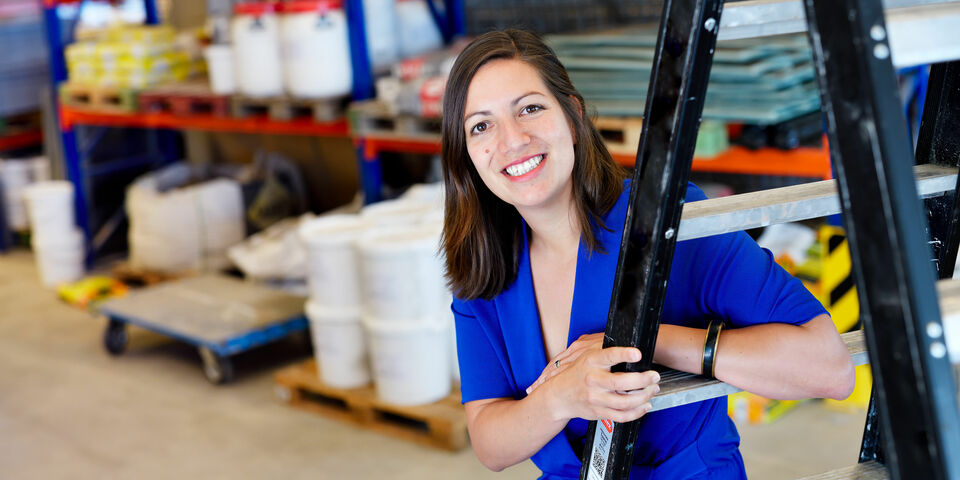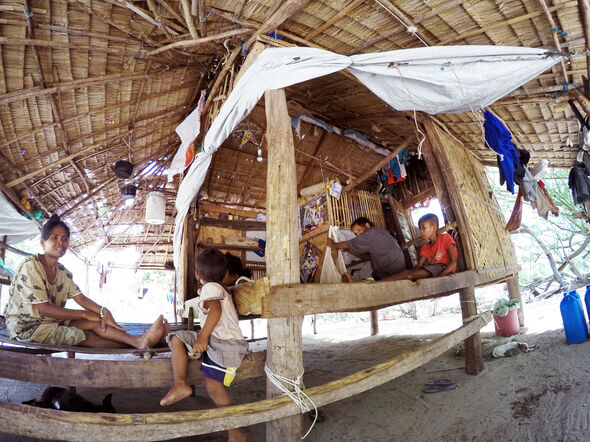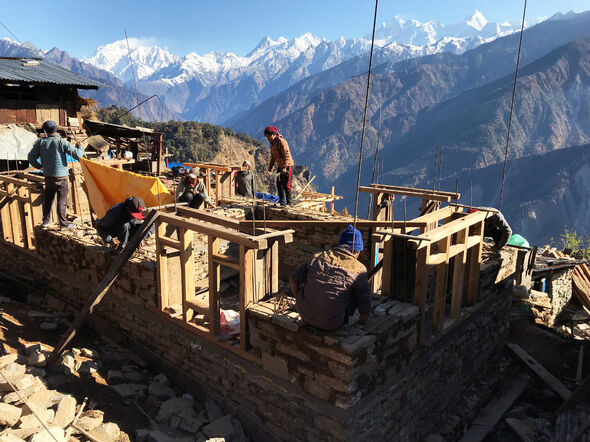Home Stretch | Venture to build on local knowledge
Earthquake- and hurricane-resistant homes could save thousands of lives every year. Regrettably, construction knowledge does not always find its way to the areas at risk. For her work on this problem, Eefje Hendriks is this month gaining her doctorate at the Department of the Built Environment. Greater use, she argues, should be made of local expertise when homes are being rebuilt in developing countries.
The figures Eefje Hendriks quotes are simply shocking: on average 210 million people are caught up in a natural disaster every year and these events cost 68 thousand people their lives. Homes proving unable to withstand the earthquake, storm or flooding is a decisive factor in no less than 70 percent of the damage sustained. The reconstruction of homes after a disaster is a huge financial undertaking, and one that each year pushes 26 million people back below the poverty line.
In recent years Hendriks has visited areas in Nicaragua, Argentina, Senegal, Nepal and the Philippines, as a researcher and as the supervisor of student projects in the humanitarian sector. Natural disasters are a growing problem, she emphasizes. “They are affecting more and more people because the number of tropical cyclones and floods is increasing due to climate change. Disasters often reoccur in the same place and affect more people, and when this happens, thanks to population growth and the fragile structure of the houses, it is the very poorest who are hit the hardest.”
A major obstacle is that construction knowledge does not easily reach the place where it is needed. Hendriks, who is both a lecturer at Avans University of Applied Sciences and TU/e, as well as a longstanding board member of the TU/e organization Technology for Global Development, has seen at first-hand in the Philippines that local bureaucracy often does not cooperate. “That country is hit by natural disasters with great regularity, but the curriculum of the local building schools, bizarrely, included nothing about typhoon-resistant construction. The National Housing Authority of the Philippines did have relevant knowledge but, as we learned, three years after typhoon Haiyan they were still waiting for instructions to start projects in the affected areas.”
The researcher points out, however, that the situation in the Philippines does not closely resemble the situation here in the Netherlands. “To reach a village that has been affected, you have to travel for a day on the back on a motorcycle, or take a boat. This will cost maybe a couple of euros in fuel. For me as a westerner that is peanuts, but for someone there, it's likely to be obstacle.” Add to this lack of money, the hierarchical culture and the result is that no government employee is likely to make this kind of journey on their own initiative. “They see the relevance of the problem, but they don't have the opportunity to take a proactive approach to their work,” says Hendriks. Aid organizations, by contrast, can play a role, she believes, in encouraging the sharing of construction knowledge.
Not that intervention by aid organizations always leads to safer building, it should be said. This was shown by a study in Nepal that Hendriks undertook. “After the major earthquake in 2015 the government there set up a grant program to fund the earthquake-resistant rebuilding of damaged homes. To be eligible, however, you had to follow the rules to the letter. In areas where no aid organizations were present, this was obediently done. While in other areas, where aid organizations had input, people had more insight into, say, the financial consequences and it was decided a little more often not to use certain costly techniques. As a result, the homes built were less safe. In those places, you saw people taking more ‘ownership’ of the building of their house.”
As a finer point, Hendriks adds that it is not clear that the people with the safest houses are better off. “Having to take out an expensive loan for the rebuild does, of course, saddle people with a financial problem. In addition, the government's design is not always in line with people's housing needs.”
Although the efforts of aid organizations and foreign expertise is certainly needed in disaster areas, the knowledge of local experts often adds value. After all, they know the conditions and circumstances, the local building techniques and materials, and the culture, says Hendriks. “You can't afford to neglect aspects like these. You can't simply introduce scientific knowledge and expect it to be accepted. Important knowledge is often already available locally. In the Philippines, for example, techniques for quickly building an emergency shelter against a typhoon are handed down from one generation to the next. And in the Himalayas cement is hard to come by so thick walls are often built and the stones are stacked in such a way that they fit snuggly together. The advantage of this is that you can reuse these stones after an earthquake.”
Barrier
These techniques known locally, however, do not make their way into the scientific literature. This is because it is difficult for experts outside the established - western - academic world to publish in the right journals, says Hendriks. “Especially if the English language forms an added barrier.” Together with a handful of colleagues, Hendriks was prompted by this to take the initiative for a special edition of the journal Disaster Prevention and Management, in which novice researchers receive coaching from established names in the field. “In this way we want to give local researchers a voice, for example by offering them the chance to submit a text in, say, Nepali or Filipino. The customary peer review takes place further down the line, but in the early stages we ensure they receive extra support.”
The PhD conferral ceremony of this passionate researcher was actually planned for April, as the closing event at a large conference with speakers from all over the world. “Reconstruction after natural disasters is an important theme and I think it is a pity that TU/e has no chair in this field,” stresses Hendriks, who after receiving her PhD will work full time as a lecturer and program coordinator at Avans. “And I'm always struck by the enthusiasm for this subject among my students, at both Avans and TU/e.” Owing to the corona pandemic, the final step in her doctoral journey will be a lot less exuberant. “Of course it's a real shame; we had counted on a having four hundred participants. Fortunately, a live stream of the thesis defense will be broadcast on September 23rd.”




Discussion